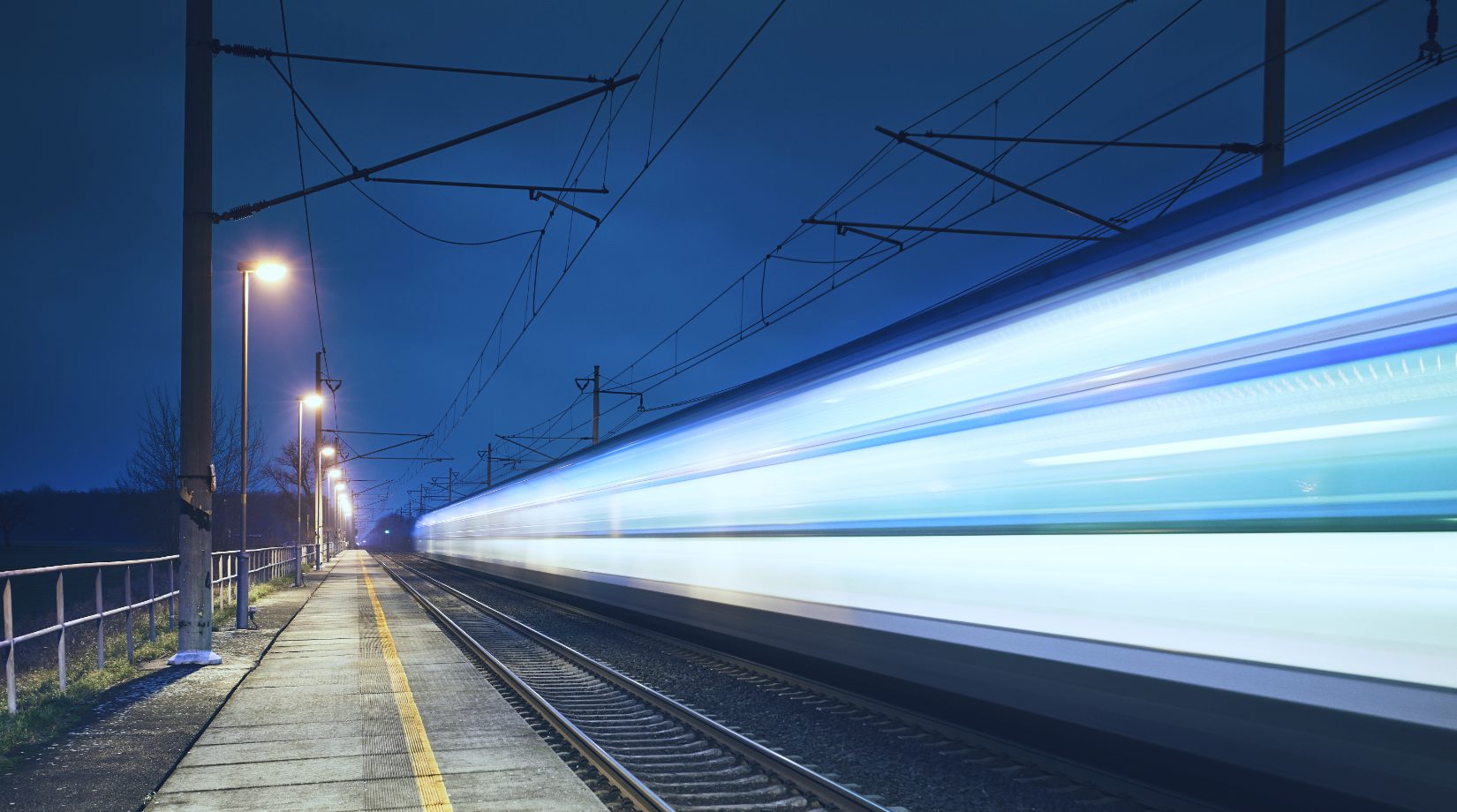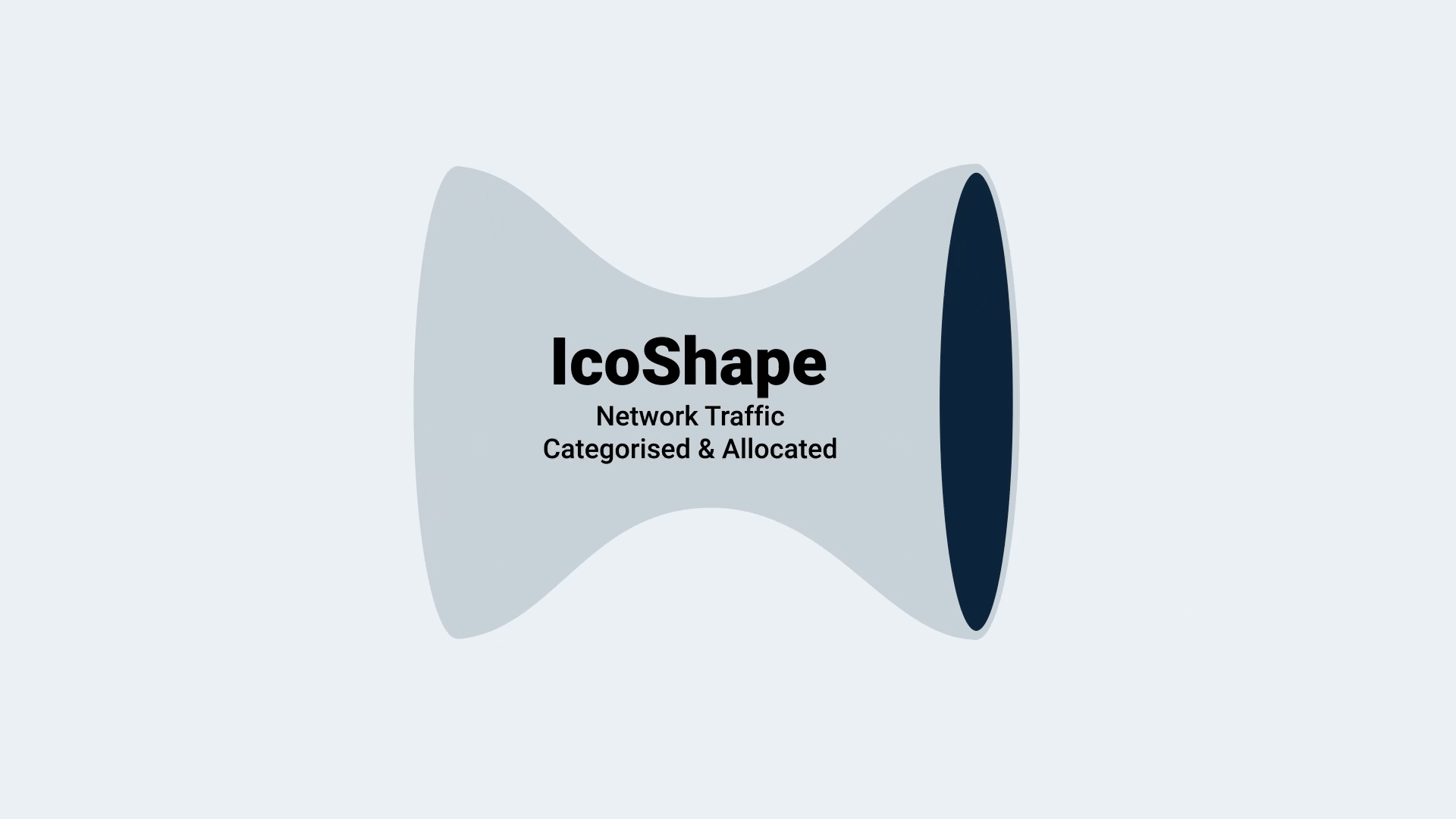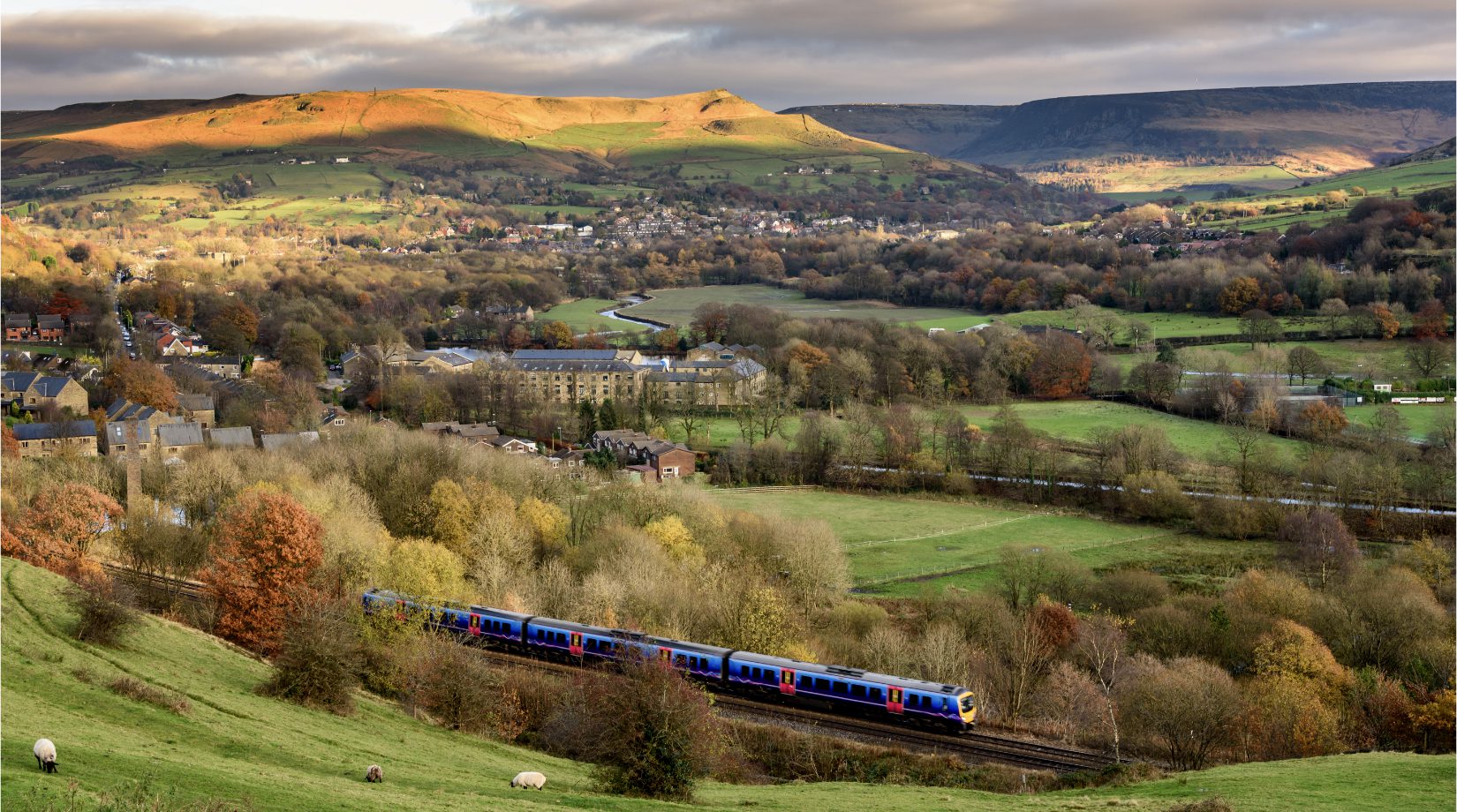Rewinding to 1999, the year that Icomera was founded, a new handheld device called the RIM Blackberry was released – It’s amazing to think how far technology has come in the intervening 25 years. Connectivity is more ubiquitous than ever, and when it comes to public transportation, passengers and systems require better connectivity to support an ever-growing list of data-intensive onboard applications. But how can transport operators best meet the challenges that they face using the latest technologies available?
Current Challenges, Trends and Opportunities
As you’d expect, historically Wi-Fi usage closely mirrors trends in passenger numbers, and post-Covid, that’s continued to be true. In the UK, for example, Icomera’s Wi-Fi figures are currently at around 123% of 2019 levels, with reporting last year showing that passenger numbers had recovered post-pandemic.
Interestingly however, we see some variation in the numbers in Europe. In the UK, 20-30% of all passengers currently use the onboard Wi-Fi service, compared to 40-50% of passengers in other European countries. Why is this? Well, it’s likely explained by several factors. One is the status of mobile connectivity along a train’s route once you leave urban and suburban areas; Europe has deployed higher levels of trackside connectivity than the UK. The other is the age of onboard equipment that’s being used on those trains. Many systems in the UK were installed 10+ years ago and, much like other business cases post-Covid, their life span has been extended multiple times because budgets are tight, and the CAPEX opportunity for upgrades has been limited.
But there is also a general growth trend in connectivity overall amongst consumers. Between now and 2030 (which in rail terms is not a very long time!), we’re expecting to see a three and a half times increase in both mobile data volumes and the bandwidth needed to the train to keep pace with passenger demand.
This means that train operators modelling for 2030 will require 3 gigabits per second and above. And, in fact, if you’re designing an onboard Wi-Fi system today, bearing in mind you’ll probably have to live with it for the next decade, it would be prudent to be designing for a 10 gigabit per second service.

The Digital Train and the Data-Driven Railway
The business case for better onboard connectivity is getting stronger, and it’s not simply because of passenger Wi-Fi either: It’s getting stronger because train operators are using the same digital connectivity for a whole host of other Internet-enabled applications.
Many of our clients in the UK have at least two other systems using the same onboard connectivity as the Wi-Fi for other services and, in some cases, it’s up to ten other systems on the train; applications such as PIS, digital video surveillance, EPOS, remote condition monitoring and train crew communications.
These digital train projects are driving forward the vision of a truly data-driven railway system. All these different applications rely on data, and without connectivity, there is no data. So, it’s becoming more critical that connectivity is available all the time throughout a train journey.
A bonus of an integrated digital train architecture is that you need to install far less equipment. You’ve also got a longer-lasting system because the range of applications you deploy can grow over time. On day one, you might offer passenger Wi-Fi and digital video surveillance, but then you could choose to deploy automatic passenger counting and infrastructure monitoring using the very same centralised connectivity platform. The same hardware infrastructure, with different software delivered over-the-air and deployed with analytics at the edge of a network.
As an example of this, one of our UK customers, Northern, has recently trialled a VMS solution specifically for automatic passenger counting (APC). Post-Covid, passenger counting has probably been the most in-demand application that we’ve seen in the UK. This is because, coming out of the pandemic, train operators could no longer rely on their trains being full according to the same schedules because passenger travel patterns shifted. Therefore, APC data helps to dimension their train operations. Historically, installing APC sensors would require resource and time-intensive projects to be undertaken. What we’ve seen post-Covid is that train operators can use existing video surveillance systems with software analytics added on top to meet their requirements.
With a state-of-the-art IP-based video surveillance system, you can deliver APC right from the start, then perhaps choose to roll-out other video analytics applications (weapon detection, violence detection, lost luggage detection) at a later point. The number of returns you can play on that same initial investment grows over time.

Taking Advantage in the Short, Medium and Long Term
Short Term Recommendations
Analogously to the energy needed to fuel trains, the big operational cost behind onboard connectivity is down to mobile data. The systems which deliver aggregated seamless connectivity to trains involve multiple SIM cards from different mobile network operators (MNOs). This inevitably comes at a cost, and train operators vary in their success at negotiating data rates with MNOs – We therefore see a great range of mobile data costs being charged to our clients across Europe and further afield. What’s vital in the negotiation process is to know how much data you use / need, both now and in 5+ years’ time. Once you have this overview, it becomes far easier to secure longer-term deals involving terabytes or petabytes of data to match your specific requirements, and these larger data packages are very often more favourably priced.
This is important because if you fail to control costs at the initial point of purchase, then you may be forced to effectively ‘turn down’ the Wi-Fi service to mitigate your spend. This is a little like buying a Porsche and then driving it everywhere at 20 miles per hour – You’ve invested in a wonderful solution but you’re not utilising it to its full potential.
Over the past 10 years train operators have had to use quite simplistic means of controlling their data by throttling and blocking sites (YouTube, Instagram, Snapchat etc) because these include video content, and video uses a substantial amount of data. But this is clearly a crude service management approach and not a passenger-friendly solution. Today better solutions exist in the form of state-of-the-art traffic shaping systems.
These traffic shaping systems are far more sophisticated – For instance, instead of blocking video services entirely, they offer the possibility to reduce the video frame-rates. Train operators can then deliver the very same service, passengers notice no difference, but the cost is significantly reduced because the amount of data being used is much lower. The ability to prioritise certain services over others can also be extremely beneficial – You might, for example, choose to prioritise traffic from a video surveillance solution over passenger Wi-Fi traffic – You can do this with the right levers and controls to work with.
The key with traffic shaping is to optimise the amount of data used and therefore control the data spend without impacting the overall passenger experience.

—
Medium Term Recommendations
We’re currently at a sweet spot in time in which a multitude of exciting new technologies (5G, Wi-Fi 6, Wi-Fi 7, LEO satellite) are all becoming more widely available to the market. Icomera’s latest generation of routers and access points allow you to deliver the maximum possible performance and capacity in the carriage now and down the line.
Access points are one of the most important parts of an onboard network because these have historically been where the pinch point occurs in an onboard Wi-Fi service. Next-generation access points which leverage Wi-Fi 7 are best placed to deliver optimal performance in crowded environments such as trains. Additionally, the latest onboard routers provide more smarts to the train with more processing power at the network edge.
—
Longer Term Recommendations
It’s always been important to utilise all available communications technologies along a vehicle’s route. Years ago, in the first days of public transport connectivity, this was done by aggregating 2G and geo-satellite; today, it’s done by aggregating 5G, LTE-A, LEO satellite and trackside.
To optimise connectivity over the long term, it’s never going to be the case of opting for a single technology solution, but rather about leveraging the benefits of different solutions in different geographical environments and combining all available networks to deliver optimum connectivity.
While the recent emergence of LEO satellite technology is certainly exciting, it needs to form part of a wider connectivity strategy, rather than be seen as a single silver bullet. Satellite will be beneficial in remote rural areas where cellular and/or trackside takes more time and cost to deploy. But in urban environments, it often won’t make sense to rely solely on satellite given that cellular connectivity is already widely and reliably available.
This is why it’s vital to understand the connectivity along the entirety of your routes. Armed with this knowledge, you’ll be able to deploy the right connectivity in the right way and at the right points.
In conclusion, there are some short term, medium term and long-term steps that transport operators can take to improve connectivity and these don’t all involve CAPEX investment.
It’s also important to close by noting that ultimately passengers don’t really care about how connectivity is delivered – They simply care that they have good connectivity, like they care about having good coffee, a comfy seat and an on-time train service.
Delivering seamless and strong connectivity must therefore be the goal, and this is what we at Icomera have been focused on every single day for the past 25 years. It is in meeting this aim that we’ll be in the best possible position to attract more people out of cars, off planes, and on to trains.
